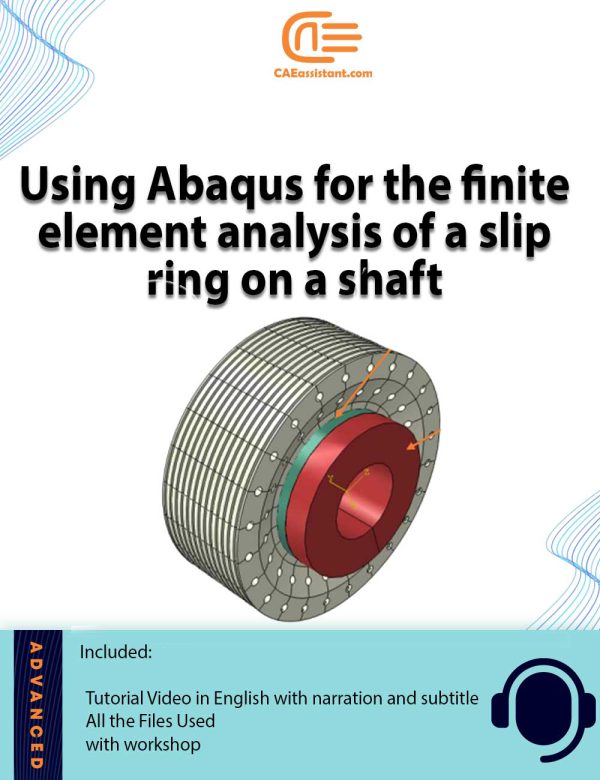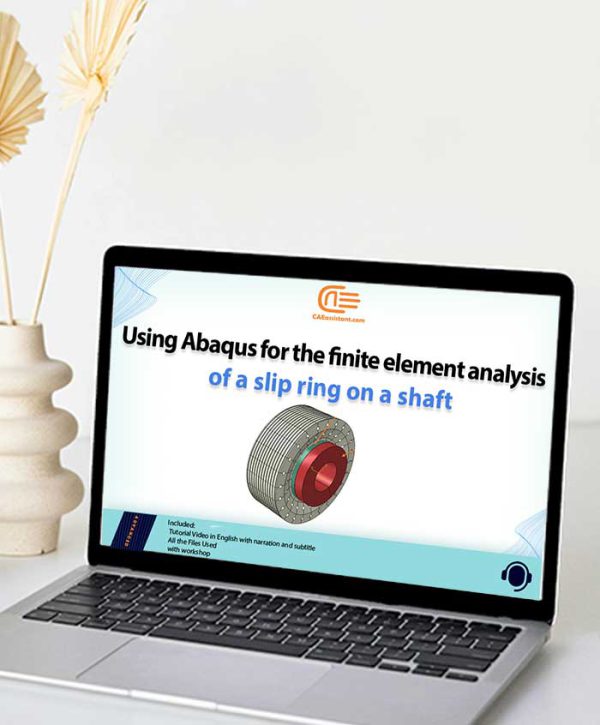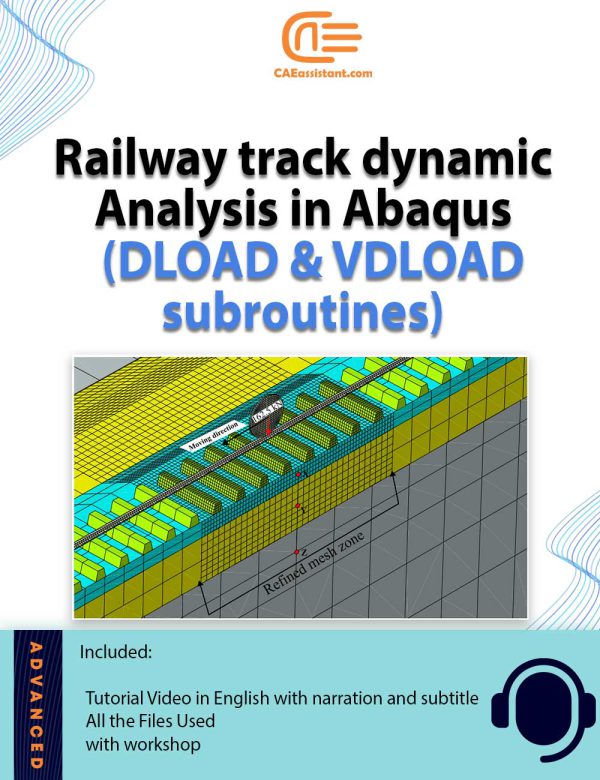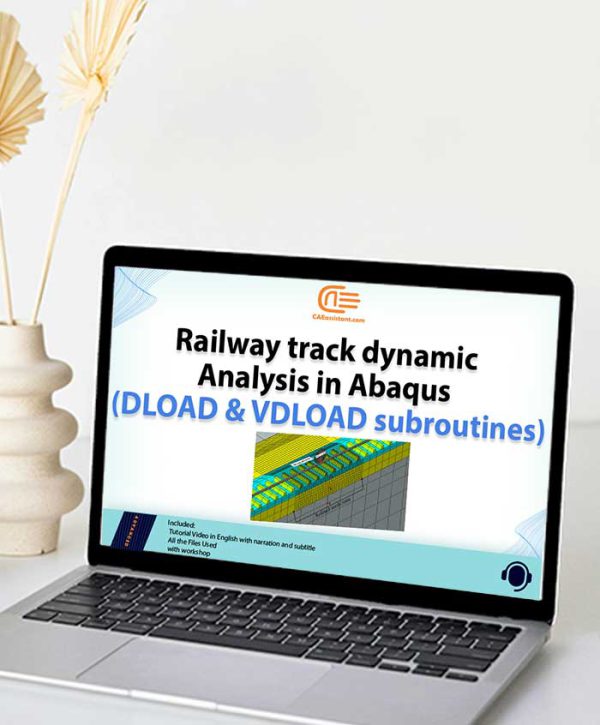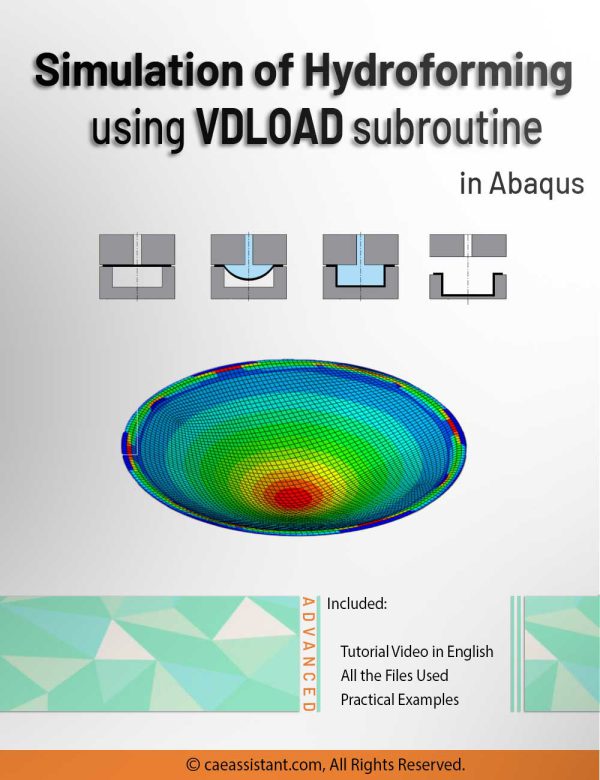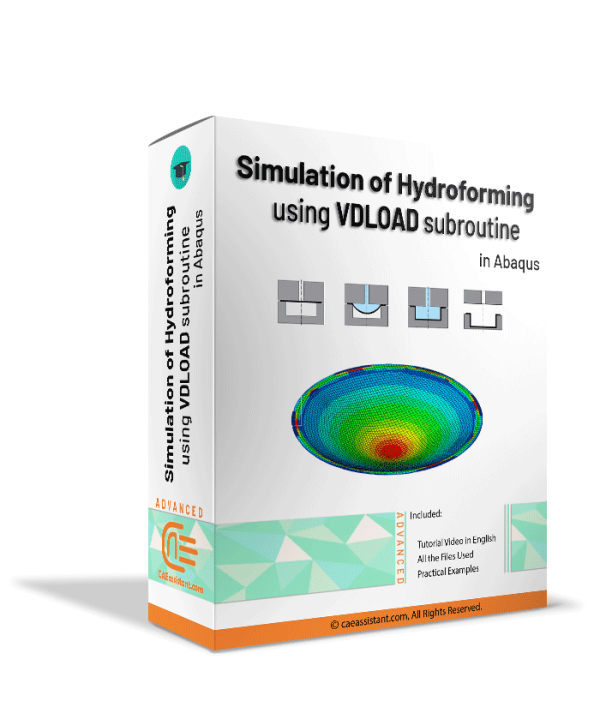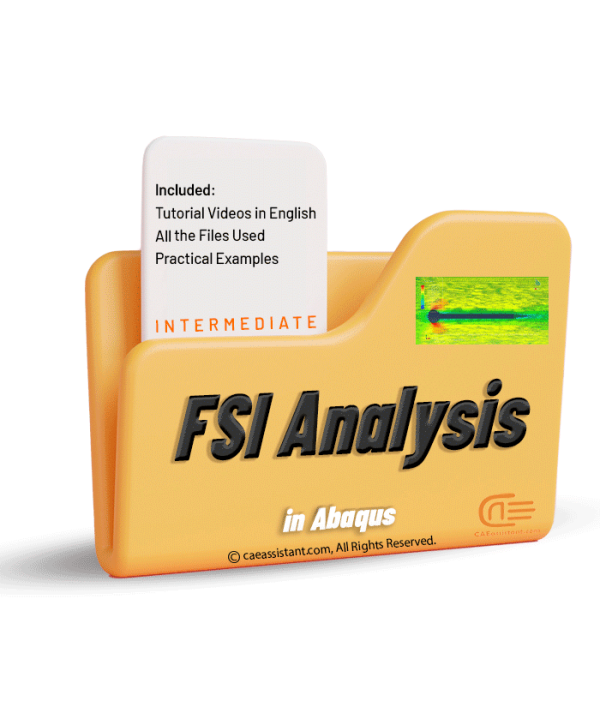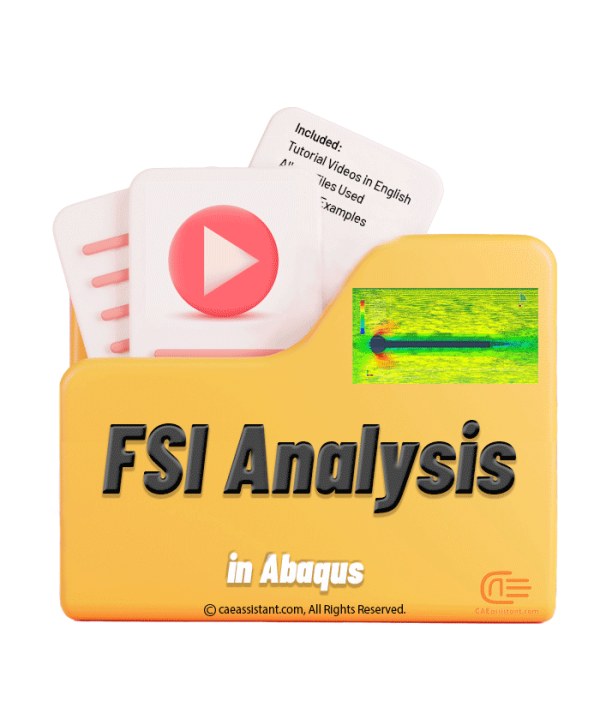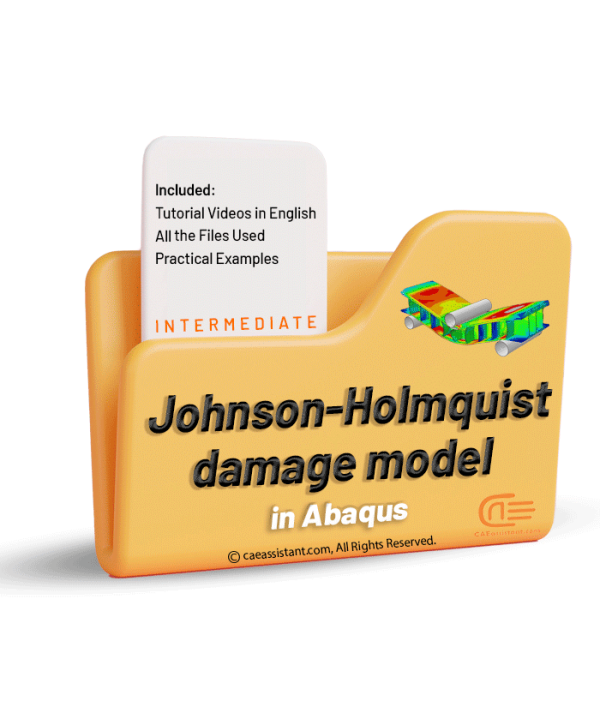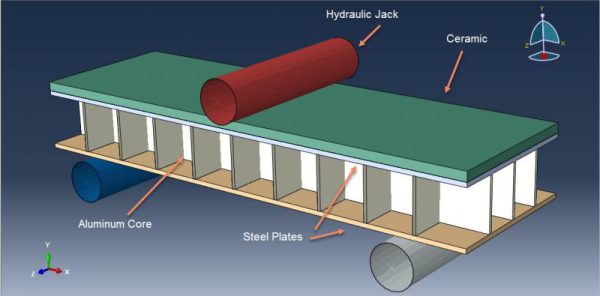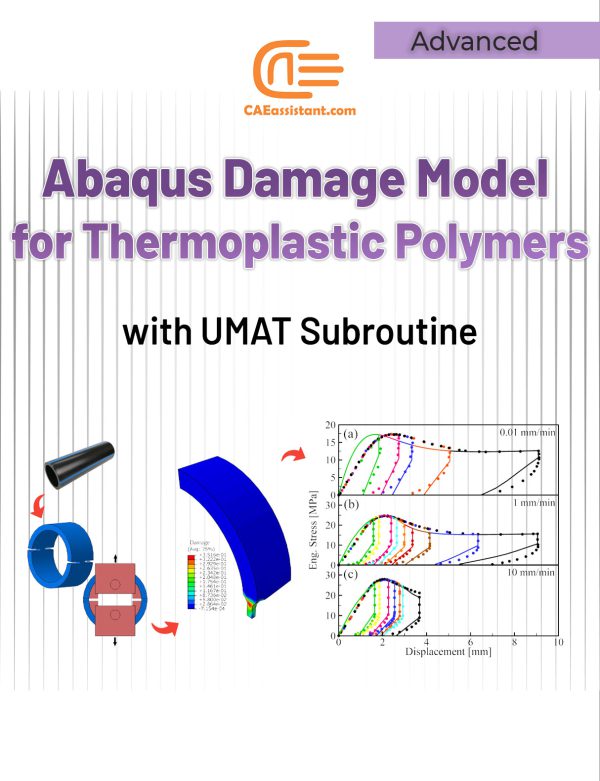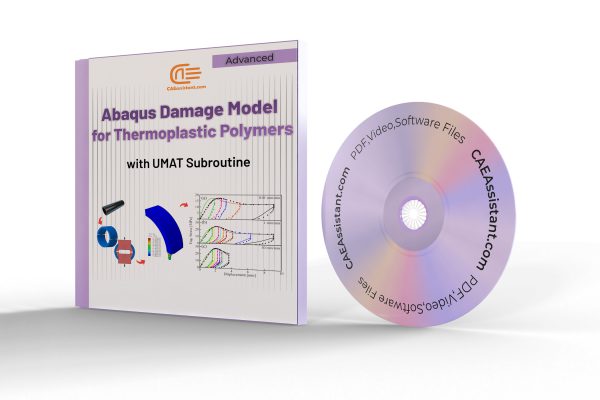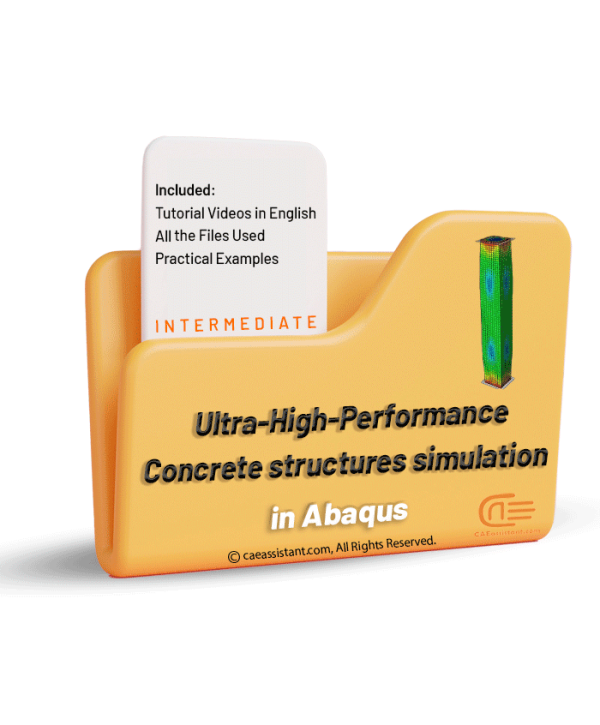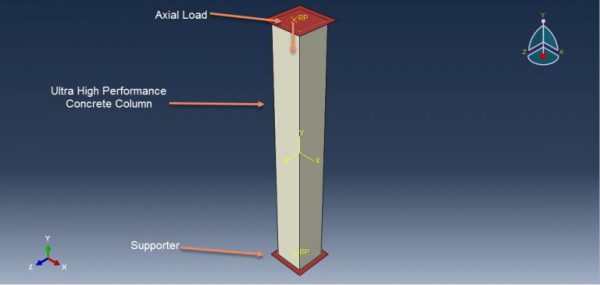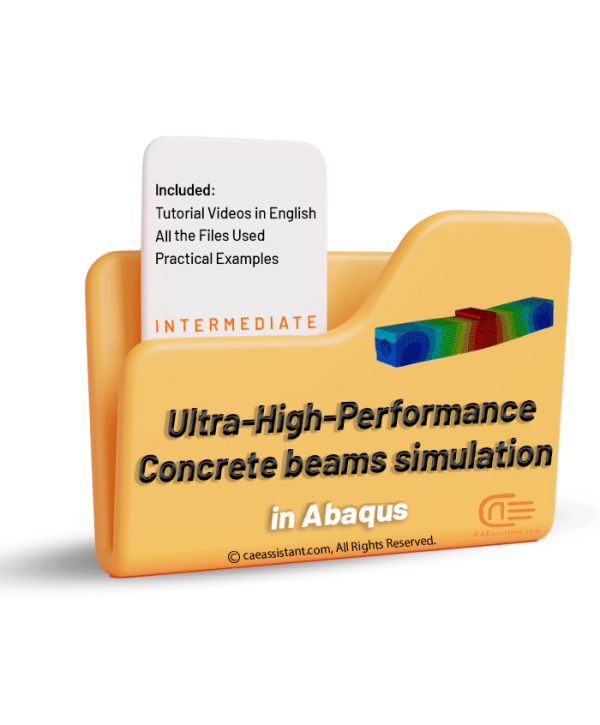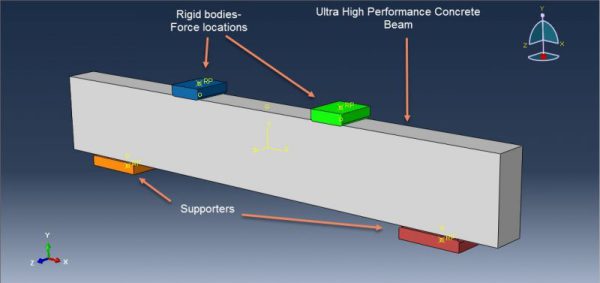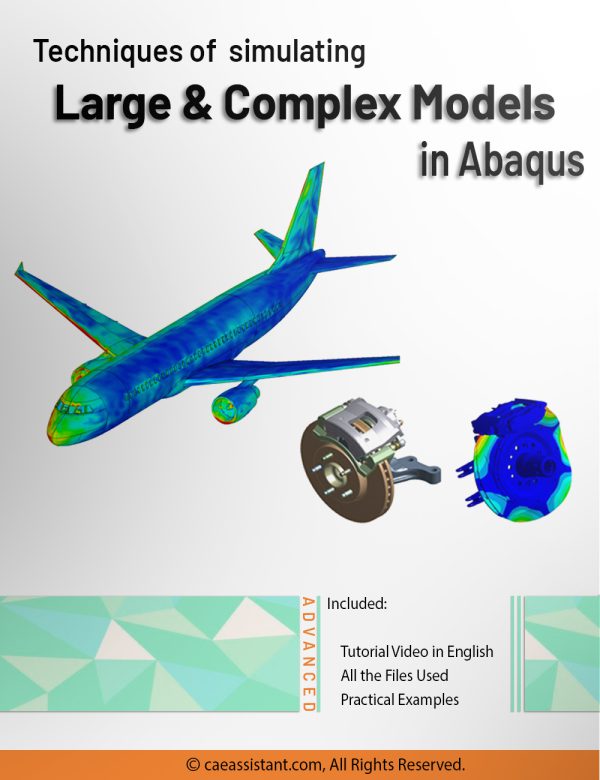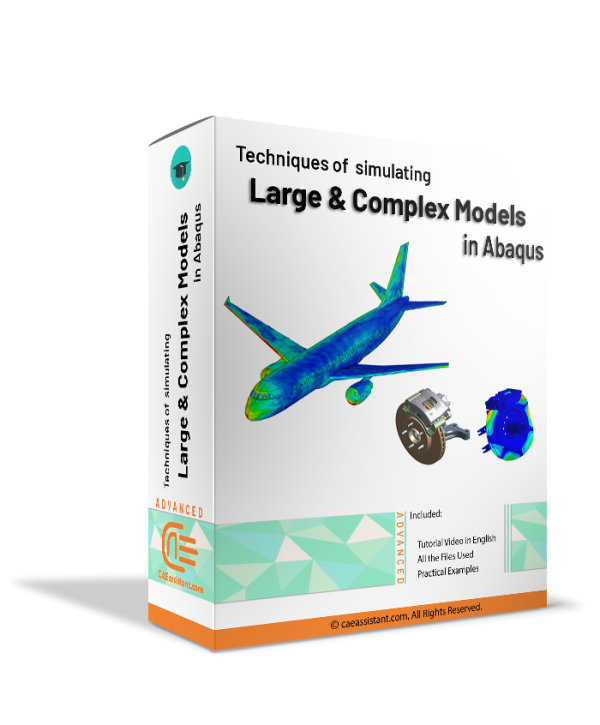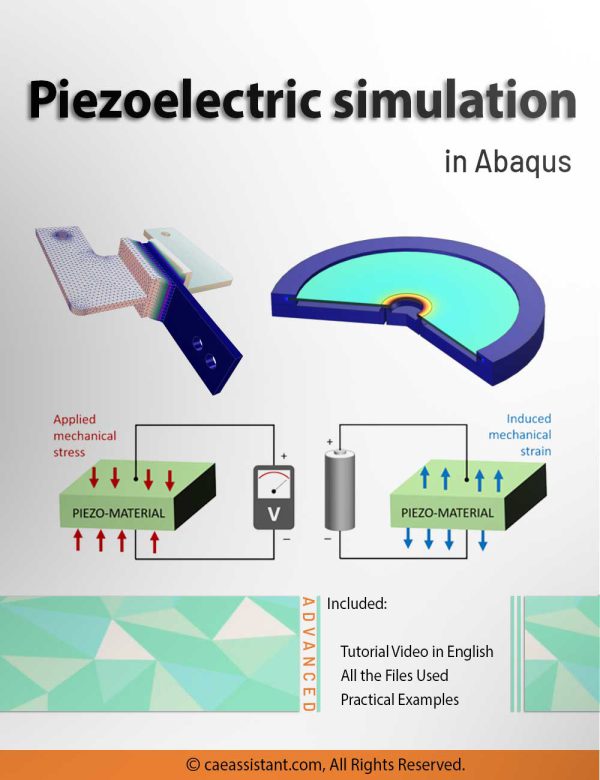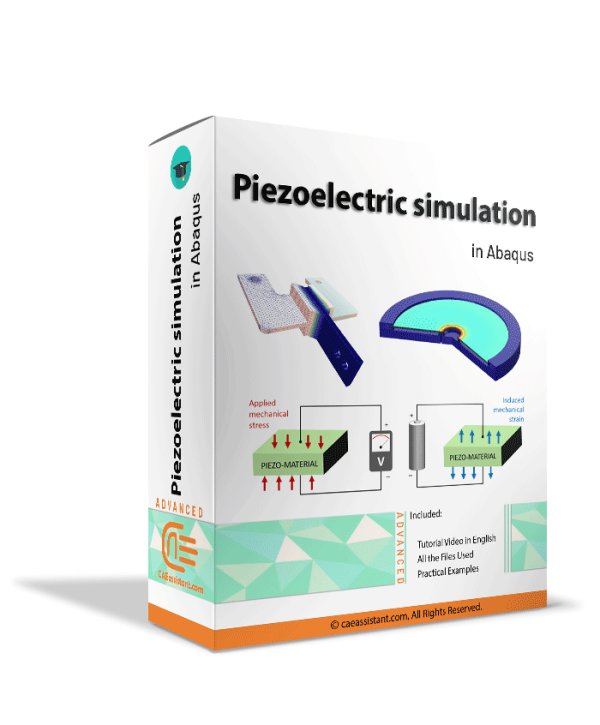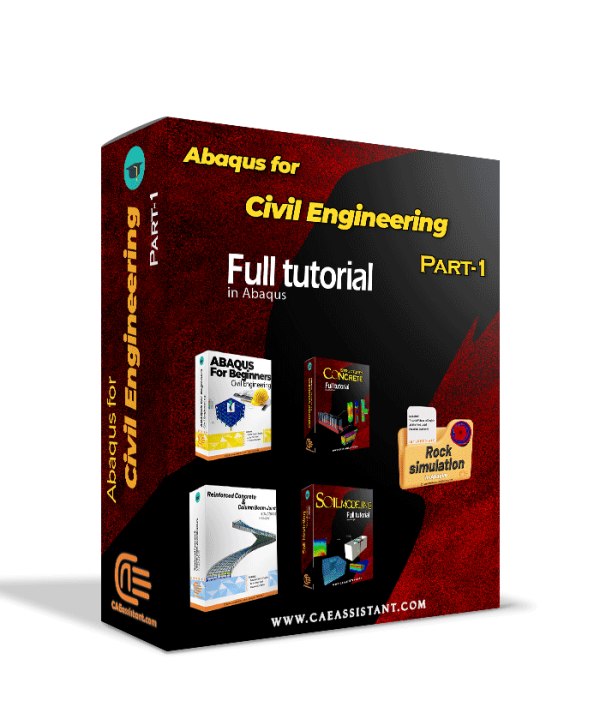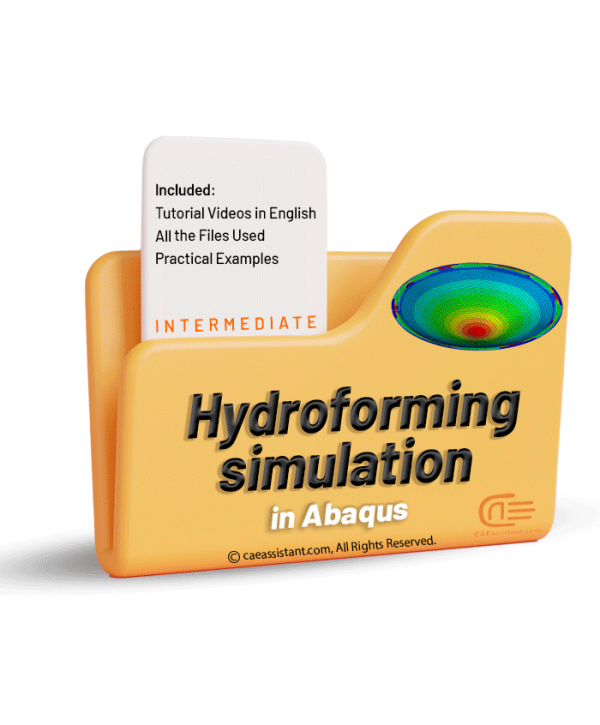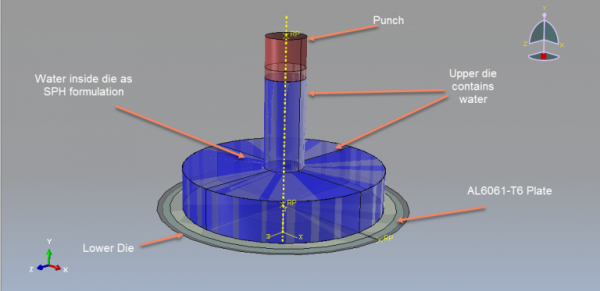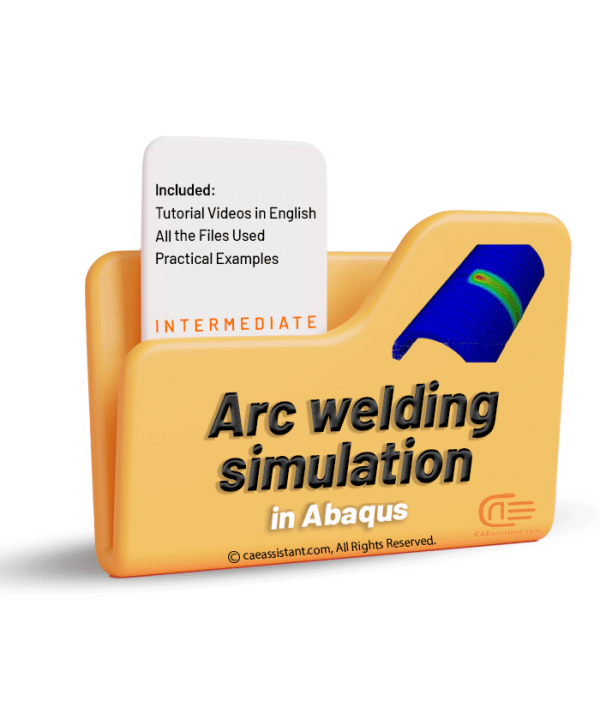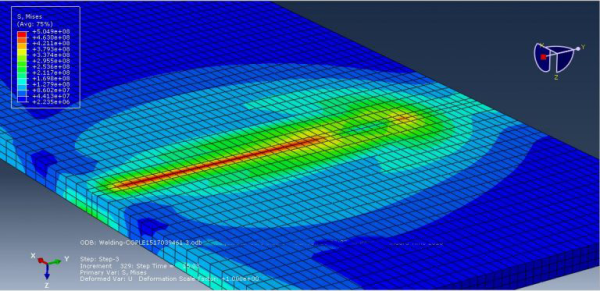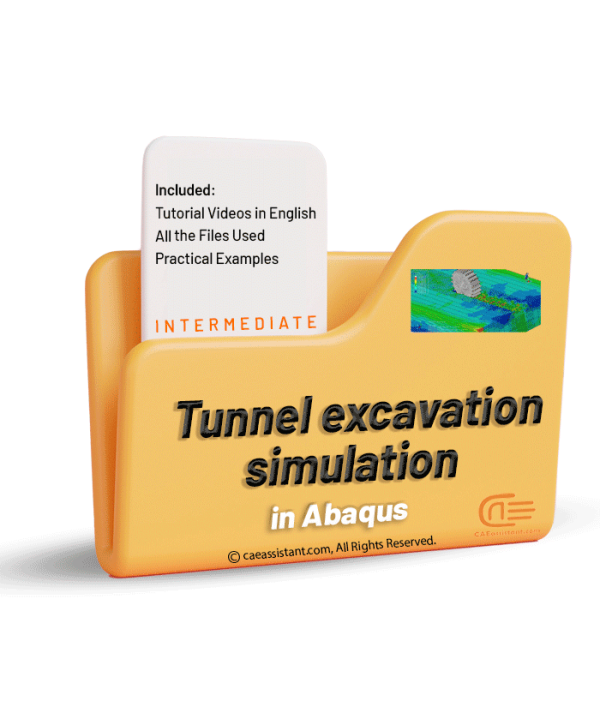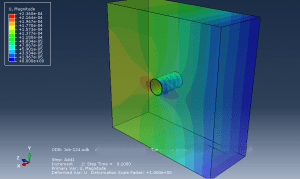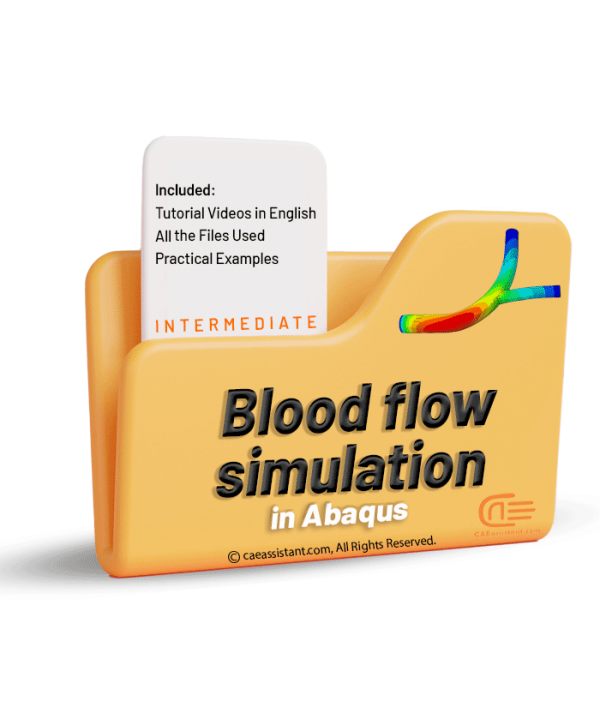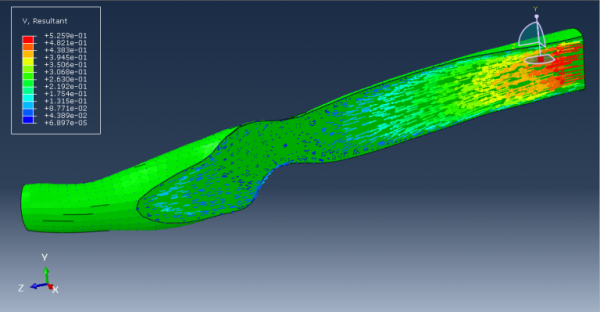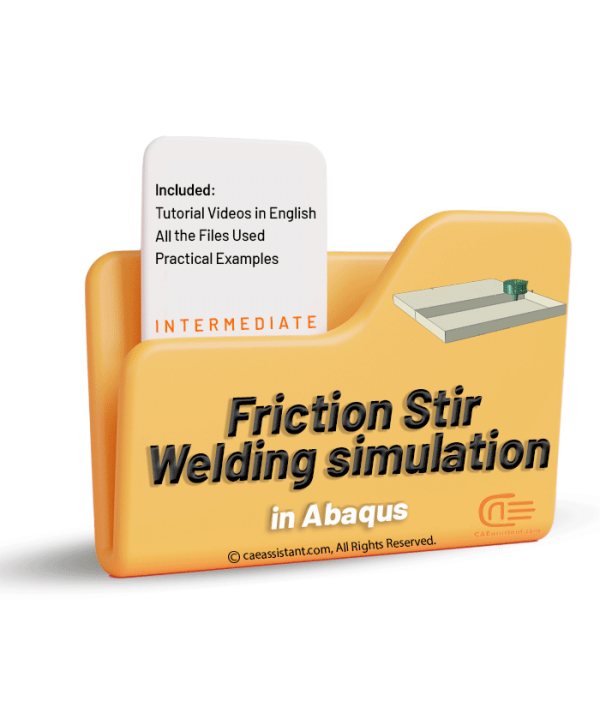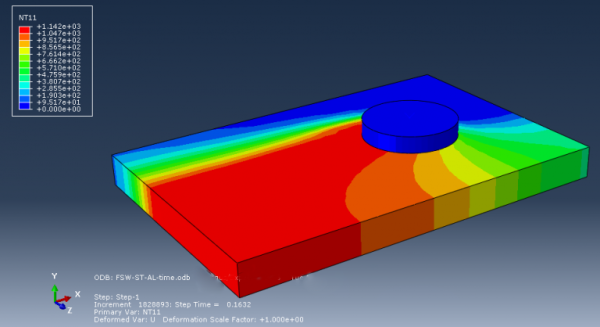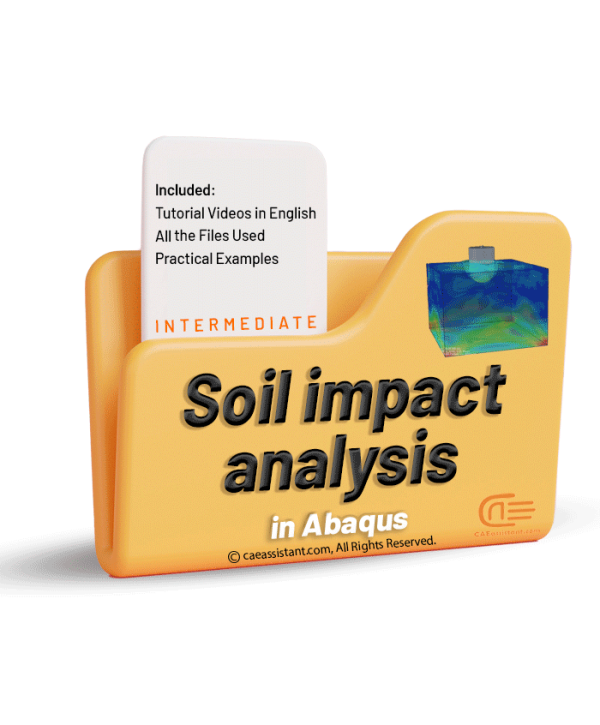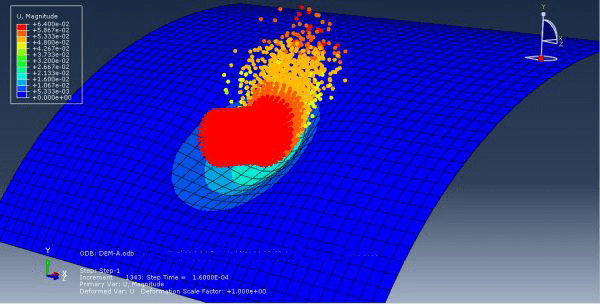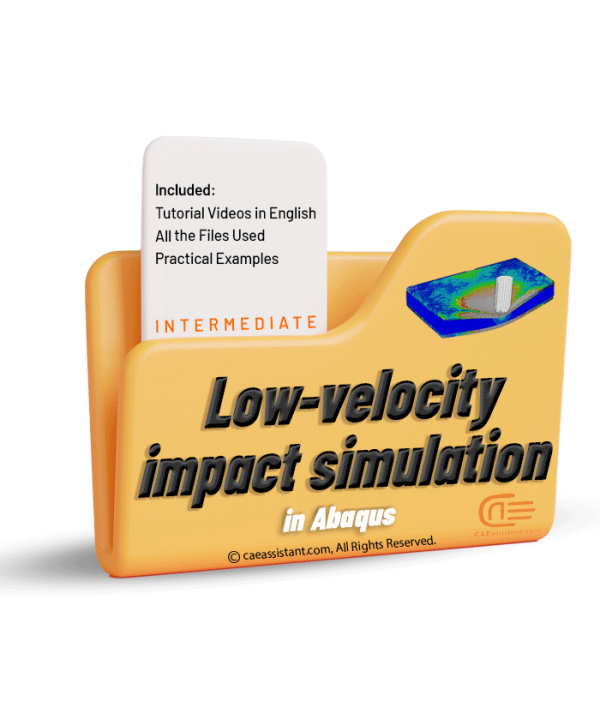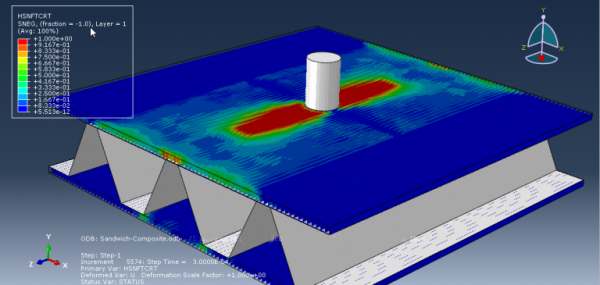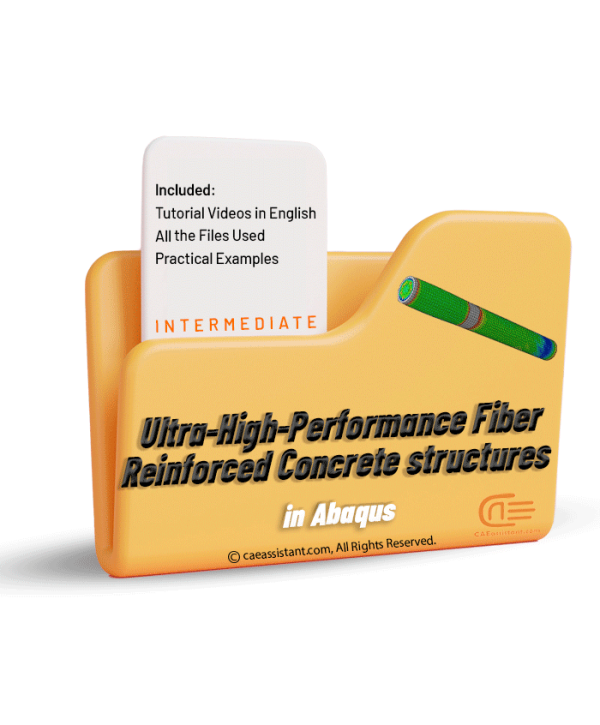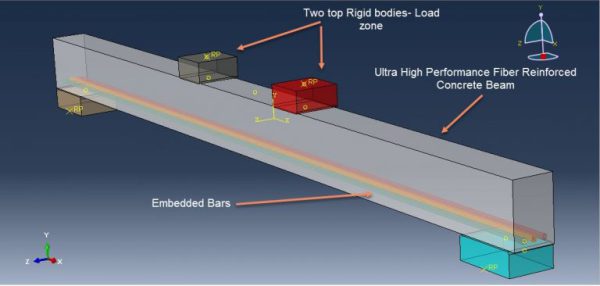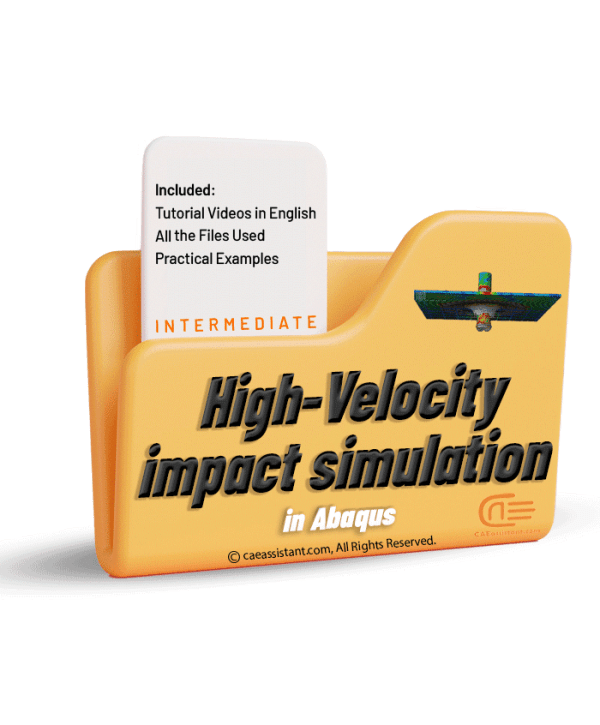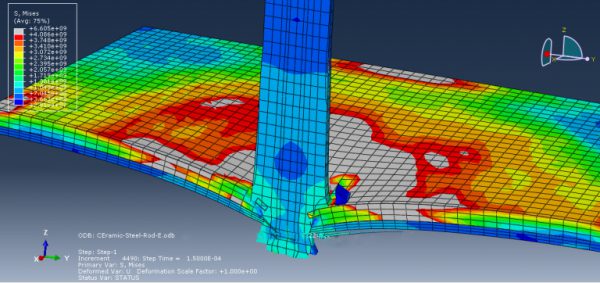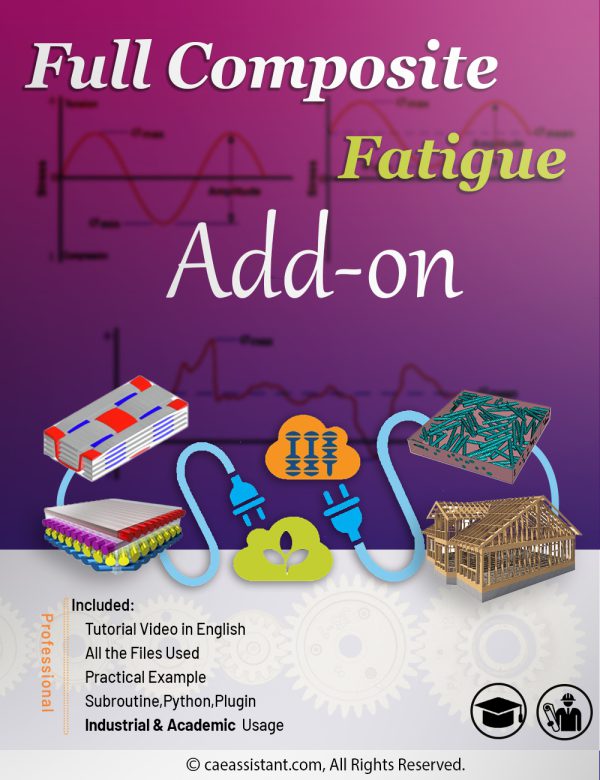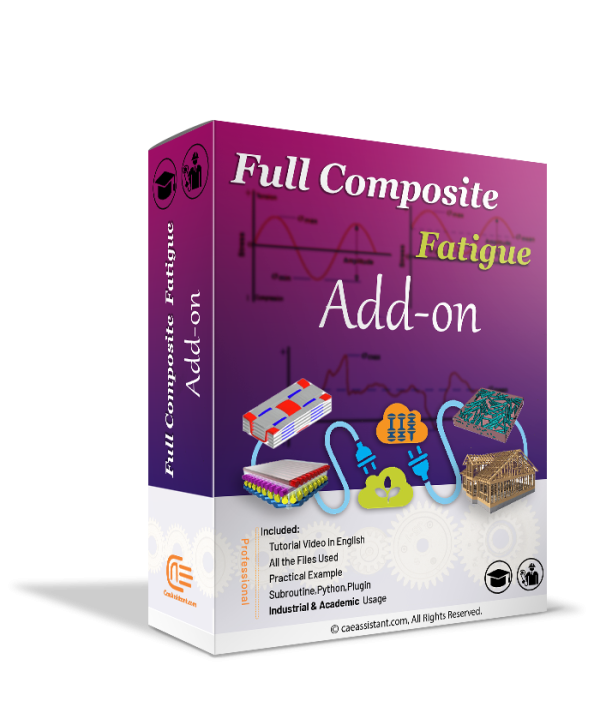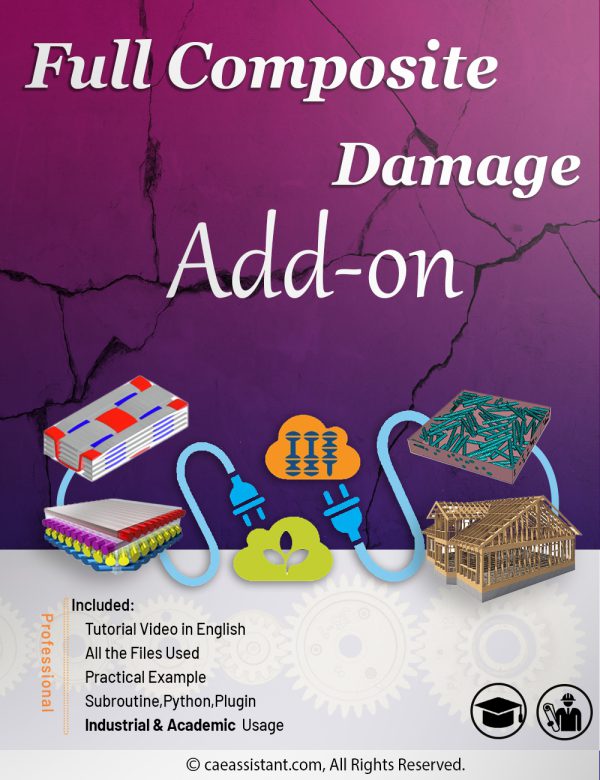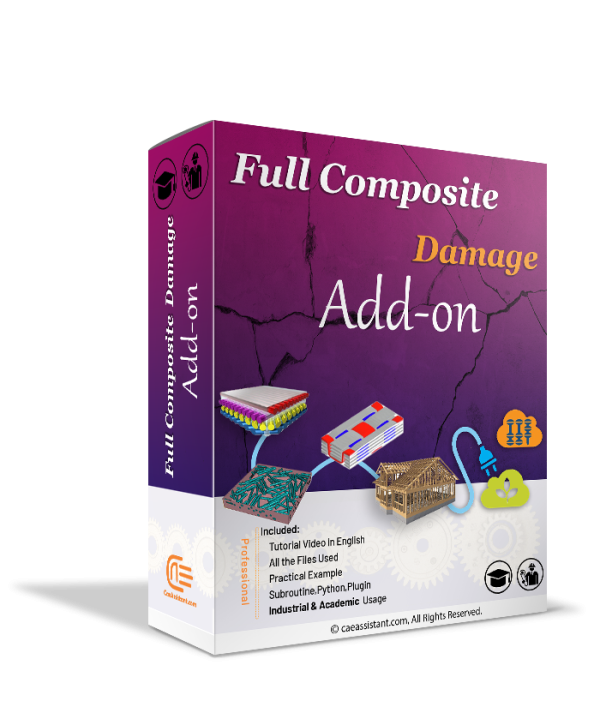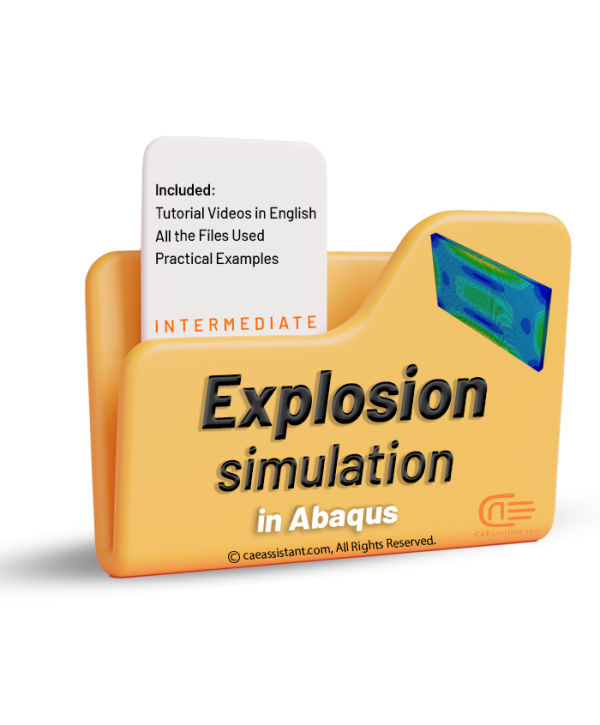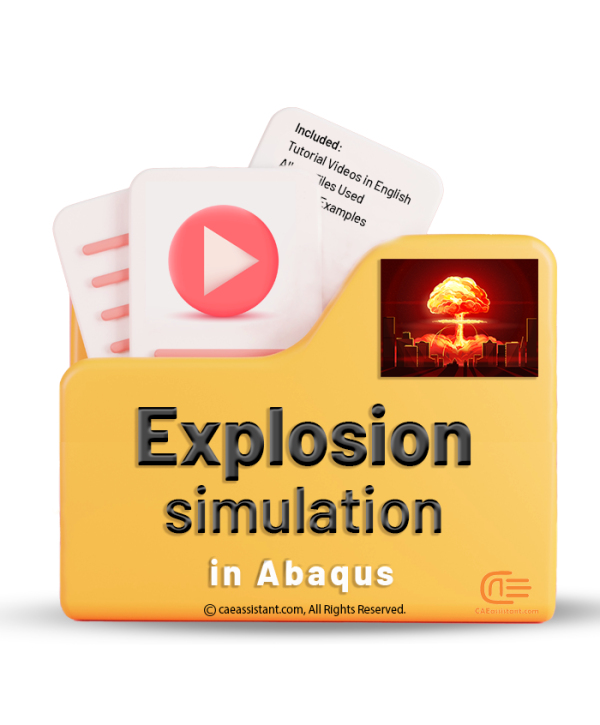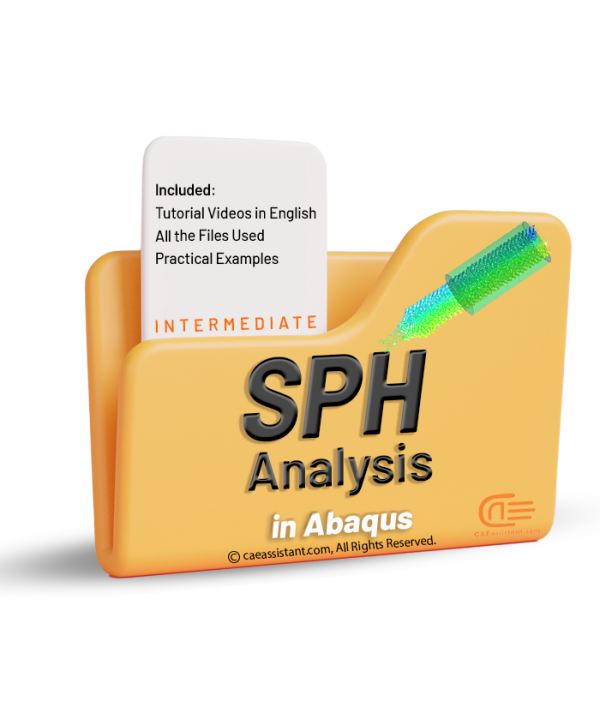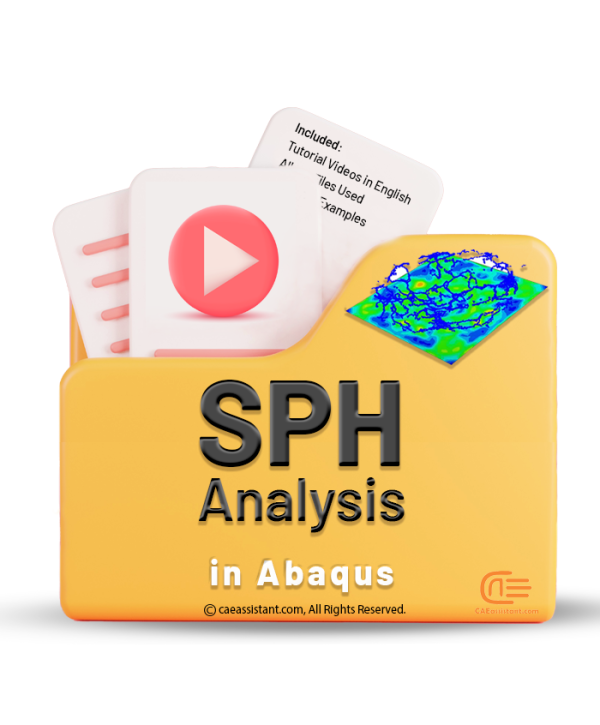Abaqus shaft slip ring simulation | Using Python scripts for parametric analysis
Dynamic Response of Rail Track Analysis Under a Moving Load
Railway tracks are subjected to moving loads of trains and this causes vibration and degradation of the track. The judgment of these vibrations is important to design the railway tracks. Therefore, the rail track analysis become important. The design involves the permissible speed of trains and the maximum axle load of the train. The model given here creates a 3D geometry of a railway track and applies a moving load in the form of a wheel. A user can change the speeds and the properties of the material including geometry as per their needs.
Hydroforming process simulation using VDLOAD subroutine in Abaqus
Johnson-Holmquist damage model in Abaqus
Damage Properties of Thermoplastic Polymers with UMAT Subroutine
UHPC (Ultra-High Performance Concrete) structures simulation in Abaqus
Ultra-High Performance Concrete (UHPC) beams simulation in Abaqus
Techniques of simulating Large and Complex models in Abaqus
Piezoelectric simulation in Abaqus
Abaqus for Civil Engineering Part-1
Hydroforming simulation in Abaqus
Arc welding simulation in Abaqus
Tunnel excavation simulation using TBM in Abaqus
Friction Stir Welding (FSW) Simulation in Abaqus
Soil Impact Analysis in Abaqus
Low-Velocity Impact simulation
UHPFRC (Ultra-High-Performance Fiber Reinforced Concrete) structures in Abaqus
High Velocity Impact Simulation
Full Composite fatigue Add-on (Academic and industrial usage)
Full Composite damage Add-on (Academic and industrial usage)
9 Practical Workshops for SPH in Abaqus💡 | Abaqus SPH Tutorial
